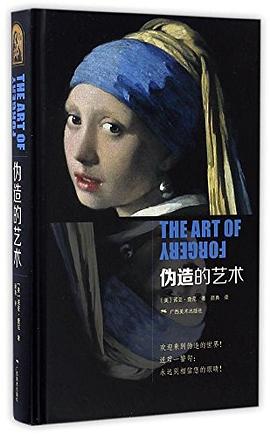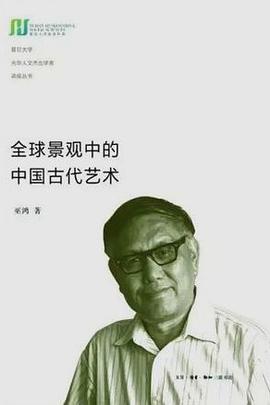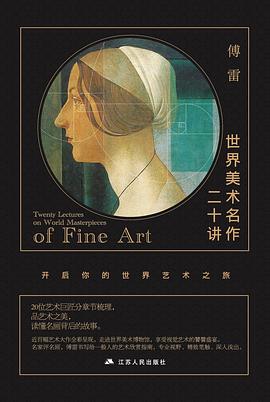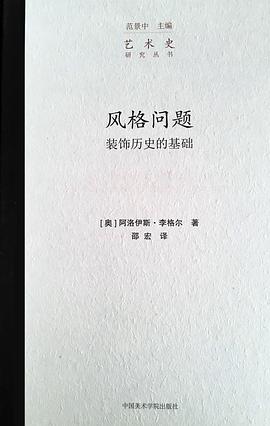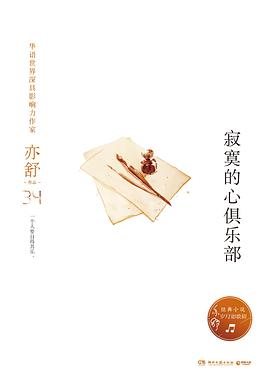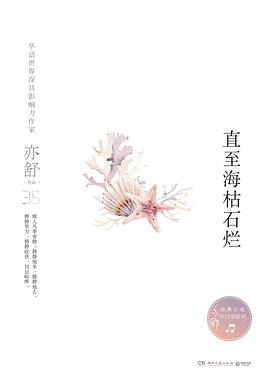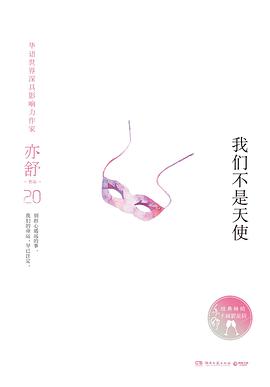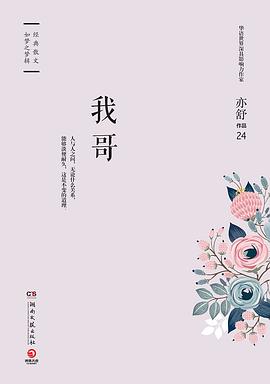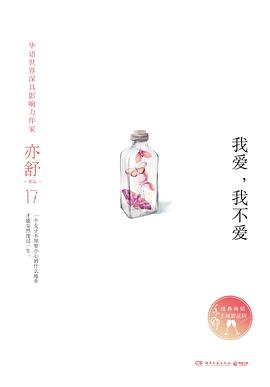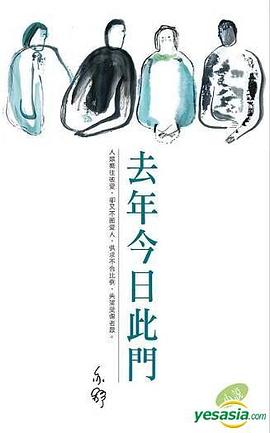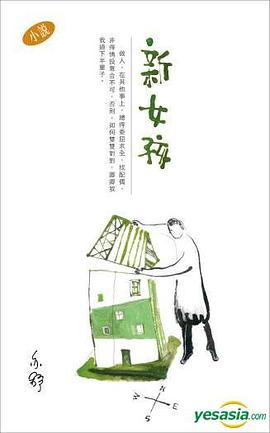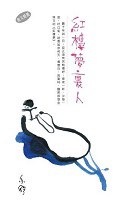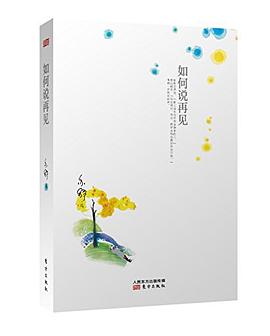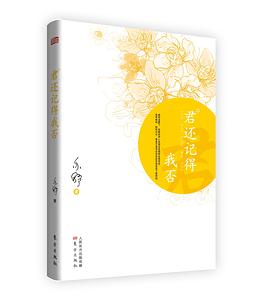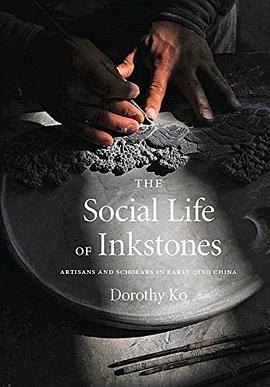

具體描述
Dorothy Ko (Chinese 高彥頤) is a Professor of History and Women's Studies at the Barnard College of Columbia University. She is a historian of early modern China, known for her multi-disciplinary and multi-dimensional research. As a historian of early modern China, she has endeavored to engage with the field of modern China studies; as a China scholar, she has always positioned herself within the study of women and gender and applied feminist approaches in her work; as a historian, she has ventured across disciplinary boundaries, into fields that include literature, visual and material culture, science and technology, as well as studies of fashion, the body and sexuality.
An inkstone, a piece of polished stone no bigger than an outstretched hand, is an instrument for grinding ink, a collectible object of art, a token of exchange between friends or sovereign states, and an inscriptional surface on which texts and images are carved and reproduced. As such the inkstone is entangled with the production of elite masculinity and the culture of wen (culture, literature, civility) in China, Korea, and Japan for over a millennium. Curiously, this ubiquitous object in East Asia is virtually unknown in Europe and America.
The Social Life of Inkstones introduces its hidden history and cultural significance to scholars and collectors and in so doing, writes the stonecutters and artisans into history. Each of the five chapters is set in a specific place in disparate parts of the empire: the imperial workshops in the Forbidden City, the Duan quarries in Guangdong, inkstonecarving workshops in Suzhou and elsewhere in the south, and collectors’ homes in Fujian. Taken together, they trace the trajectories of the inkstone between court and society, and through the course of its entire social life. In bringing to life the people involved in making, using, collecting, and writing about the inkstone, this study shows the powerful emotional and technical investments that such a small object engendered.
This first book-length study of inkstones focuses on a group of inkstone carvers and collectors, highlighting the work of Gu Erniang, a woman transitioned the artistry of inkstone-making to modernity between the 1680s and 1730s. The sophistication of these artisans and the craft practice of the scholars associated with them announced a new social order in which the age-old hierarchy of head over hand no longer predominated.
用戶評價
##中文版怎麼能這麼貴!
評分##等瞭五年瞭,終於得以閱讀,可以看到作者一開始是打算由顧二娘硯入手進行研究書寫的,但受限於資料的匱乏未能如願。但她仍通過多個視角展開,描寫瞭瞭對清代製硯者與文人之間的互動關係。 第一章從清宮廷製硯齣發,通過描寫清統治者對於不同於傳統漢人製硯材質和樣式的追求,將...
評分 評分##紙張問題,看書太晃眼,不是一次美好的讀書體驗;作者在名噪天下以後的著作,雖時有洞見,但是一本書塞進去太多的arguments, 從material empire 到scholar status再到gender..
評分 評分##鬆花石 vs 端石
評分##原刊於《細讀》2019年第二輯(人民文學齣版社,2020年) 打從十五年前開始,我便打算寫一本書,把性彆研究帶進當時剛起步的物質文化研究領域中。在構思上一部書,也就是後來以《纏足:金蓮崇拜由盛極而衰的演變》為題的纏足史(英文原著2005齣版;中譯本2007)的時候,便意識到...
評分 評分##一些撕標簽的過程,梳理社會肌理。
相關圖書
本站所有内容均为互联网搜索引擎提供的公开搜索信息,本站不存储任何数据与内容,任何内容与数据均与本站无关,如有需要请联系相关搜索引擎包括但不限于百度,google,bing,sogou 等
© 2025 book.tinynews.org All Rights Reserved. 静思书屋 版权所有



